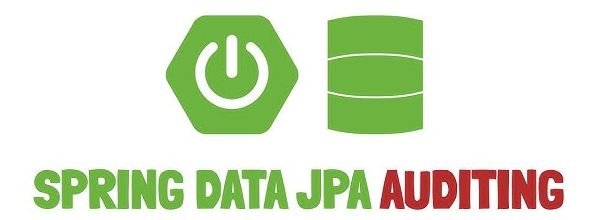Spring Data JPA Auditing is a powerful feature that simplifies the process of tracking changes to entities in your application. By leveraging annotations and configurations, you can automatically capture metadata about entity creation and modification, such as timestamps and user information. This is particularly useful for applications requiring an audit trail or monitoring database changes over time.
Auditing in Spring Data JPA revolves around key annotations:
– @CreatedDate: Captures the timestamp when an entity is created.
– @LastModifiedDate: Records the timestamp when an entity is last updated.
– @CreatedBy: Tracks the user who created the entity.
– @LastModifiedBy: Tracks the user who last modified the entity.
To enable auditing, you need to:
1. Add Dependencies: Ensure your project includes `spring-boot-starter-data-jpa`.
2. Enable JPA Auditing: Annotate your main application or configuration class with `@EnableJpaAuditing`.
3. Implement AuditorAware: Create a class implementing `AuditorAware<T>` to provide current user details for `@CreatedBy` and `@LastModifiedBy`.
4. Create a Base Audit Class: Define a base class with auditing fields and annotate it with `@MappedSuperclass` and `@EntityListeners(AuditingEntityListener.class)`.
5. Extend the Base Class: Make your entity classes inherit from this base audit class to automatically populate auditing fields.
This setup ensures that auditing metadata is seamlessly managed by Spring Data JPA, reducing boilerplate code and enhancing maintainability. Additionally, integrating with Spring Security allows you to dynamically track authenticated users as part of the auditing process.
Spring Data JPA Auditing is not only efficient but also versatile, supporting various use cases across different persistence technologies in the Spring ecosystem. Whether you’re building a compliance-focused application or simply need better insights into data changes, this feature is indispensable for modern backend development.

